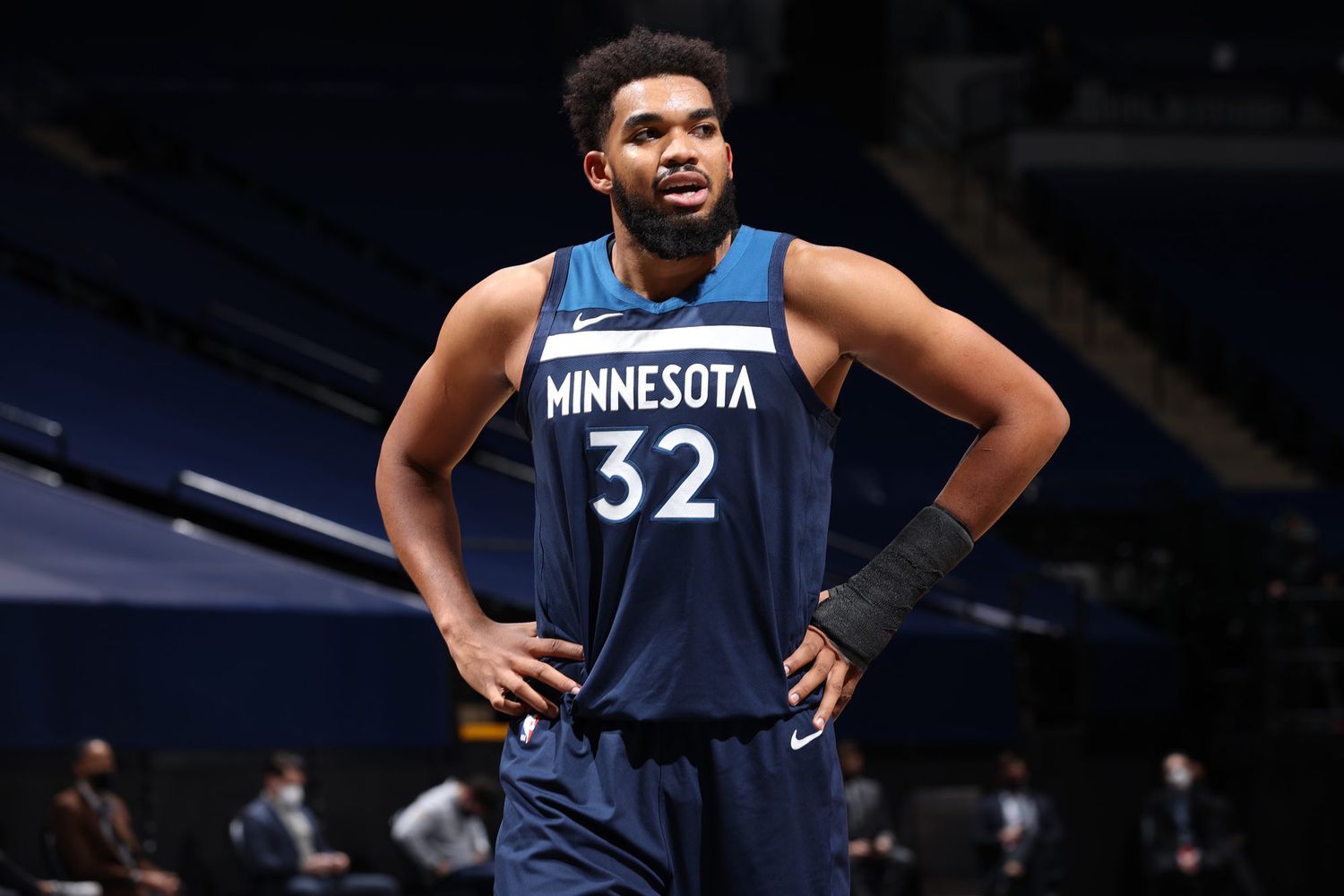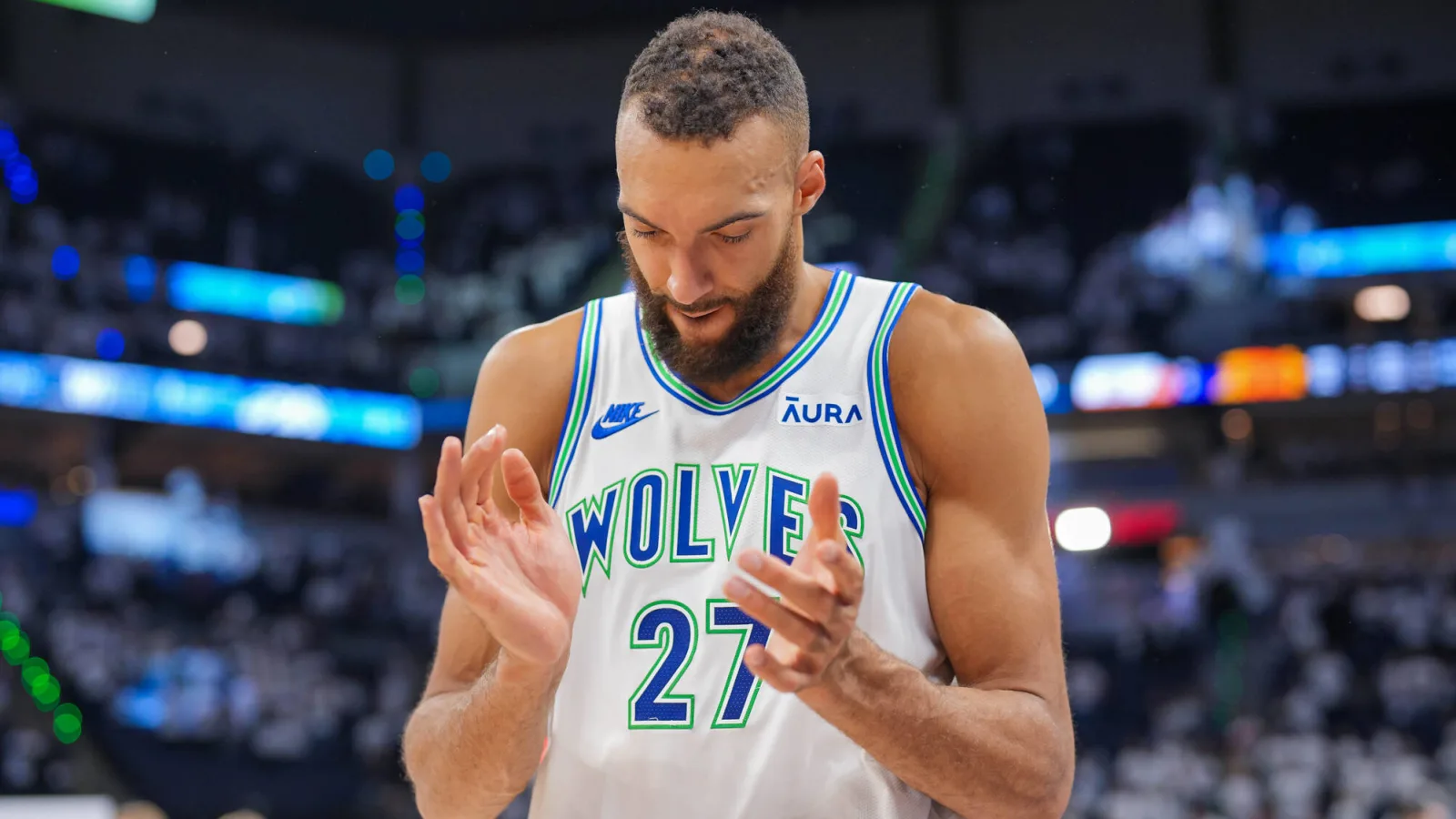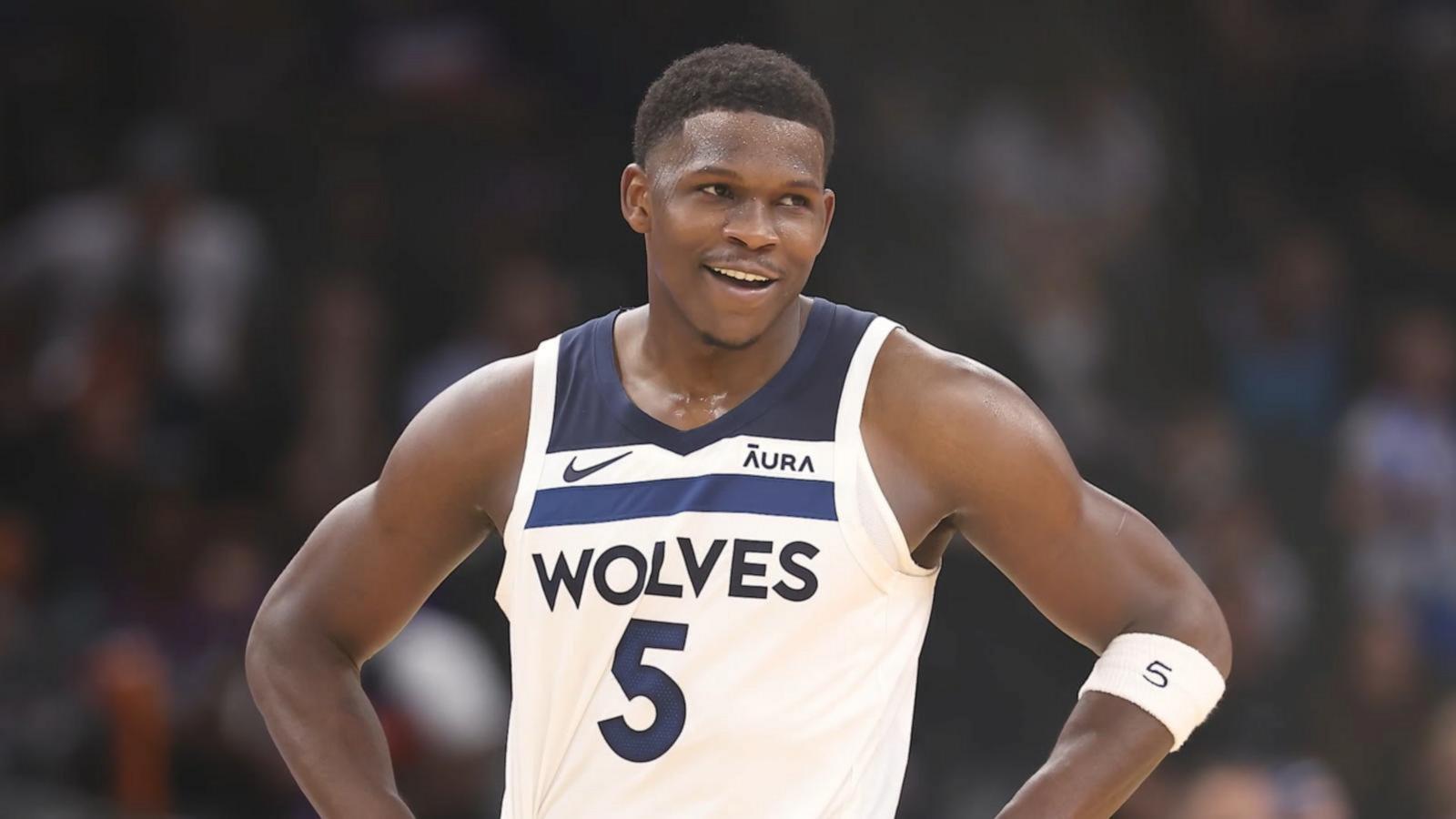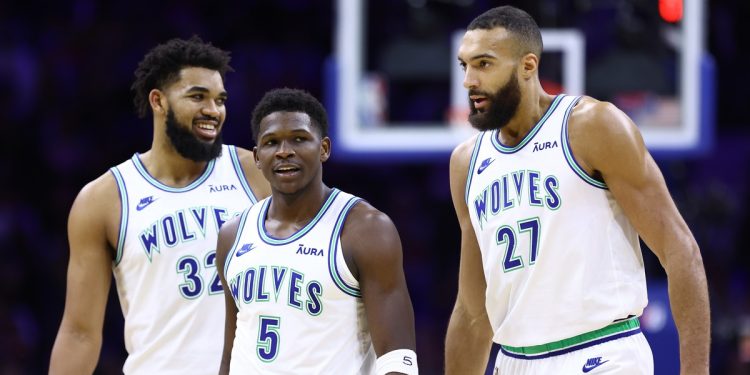The Minnesota Timberwolves’ journey in the NBA playoffs has morphed from a mere competition to a narrative brimming with strategy, unity, and an undeniable resurgence. At the heart of this epic tale are Karl-Anthony Towns, Rudy Gobert, and Naz Reid—three centers whose combined efforts have not only redefined their roles but also the trajectory of their team.
The climax of this story unfolded in Game 7 against the Denver Nuggets, a match that was less about the score and more about the statement. The Minnesota Timberwolves, under the glaring pressure of a decisive game, turned to their towering trio to dismantle a lead that once seemed insurmountable.
Their adversary, Nikola Jokic, despite his own valiant efforts (34 points, 19 rebounds, and seven assists), found himself outmaneuvered and outmatched. “I think they’re built to beat us,” Jokic admitted post-game, a nod to Minnesota’s strategic mastery.

Strategic Mastery in the Paint
The game plan was clear from the onset: exploit the sheer size and skill of the Minnesota Timberwolves’ centers. Towns, Gobert, and Reid did more than just score; they imposed a physical narrative on the court. Every block, every rebound, and every defensive stance seemed to echo a larger tactical playbook—one meticulously crafted to counter the Nuggets’ every move.
As Jokic tried to navigate through Minnesota’s robust defense, he encountered a relentless barrier. Gobert, the reigning Defensive Player of the Year, not only challenged shots but altered them with his mere presence, proving that defense in basketball can be as compelling as a last-second buzzer-beater.

The Resilience of Karl-Anthony Towns
Towns, a player whose playoff performances have often been scrutinized, found his redemption in the most critical moments of the game. With 23 points and 12 rebounds, his contribution transcended statistics; it was about timely plays and crucial decisions.
“He made all the right plays tonight,” praised teammate Anthony Edwards. “Every time we needed a bucket, he was there for us.” This was a Towns who played not just with skill but with purpose, anchoring his team when the stakes were highest.
Rudy Gobert’s Unexpected Offensive Prowess
Perhaps the most unexpected twist was Rudy Gobert’s offensive surge, highlighted by a fadeaway jumper that turned a fragile lead into a more convincing one. “I think when Rudy hit the turnaround, I was like, ‘Yeah, we probably got ’em,’” Edwards reflected on the momentum shift.
This wasn’t just a defensive stalwart doing his job; this was Gobert stepping into a broader role, expanding what it means to be a center in today’s NBA.

Naz Reid: The Unsung Hero
And then there was Reid, whose late-game heroics included a sequence of a post score, a drawn foul, and a stunning putback dunk. His performance in the fourth quarter, where he scored eight crucial points alongside Gobert, was a testament to the depth and versatility of the Minnesota Timberwolves’ roster.
“Everybody has the trust of the next person,” Reid shared, encapsulating the spirit of unity and collective effort that has defined their playoff run.
Minnesota Timberwolves: A New Chapter
As the Minnesota Timberwolves prepare for the next round, they do so with a renewed sense of identity and possibility. This is a team that has not only survived a gauntlet but has emerged with a narrative that speaks to resilience, tactical brilliance, and the sheer force of unity.
With a historic season already in the books, the Minnesota Timberwolves look toward the horizon, ready to challenge the limits of what they can achieve together. In this year of firsts, the question now is not just about how far they can go, but how deep their impact will be in the annals of NBA history.










